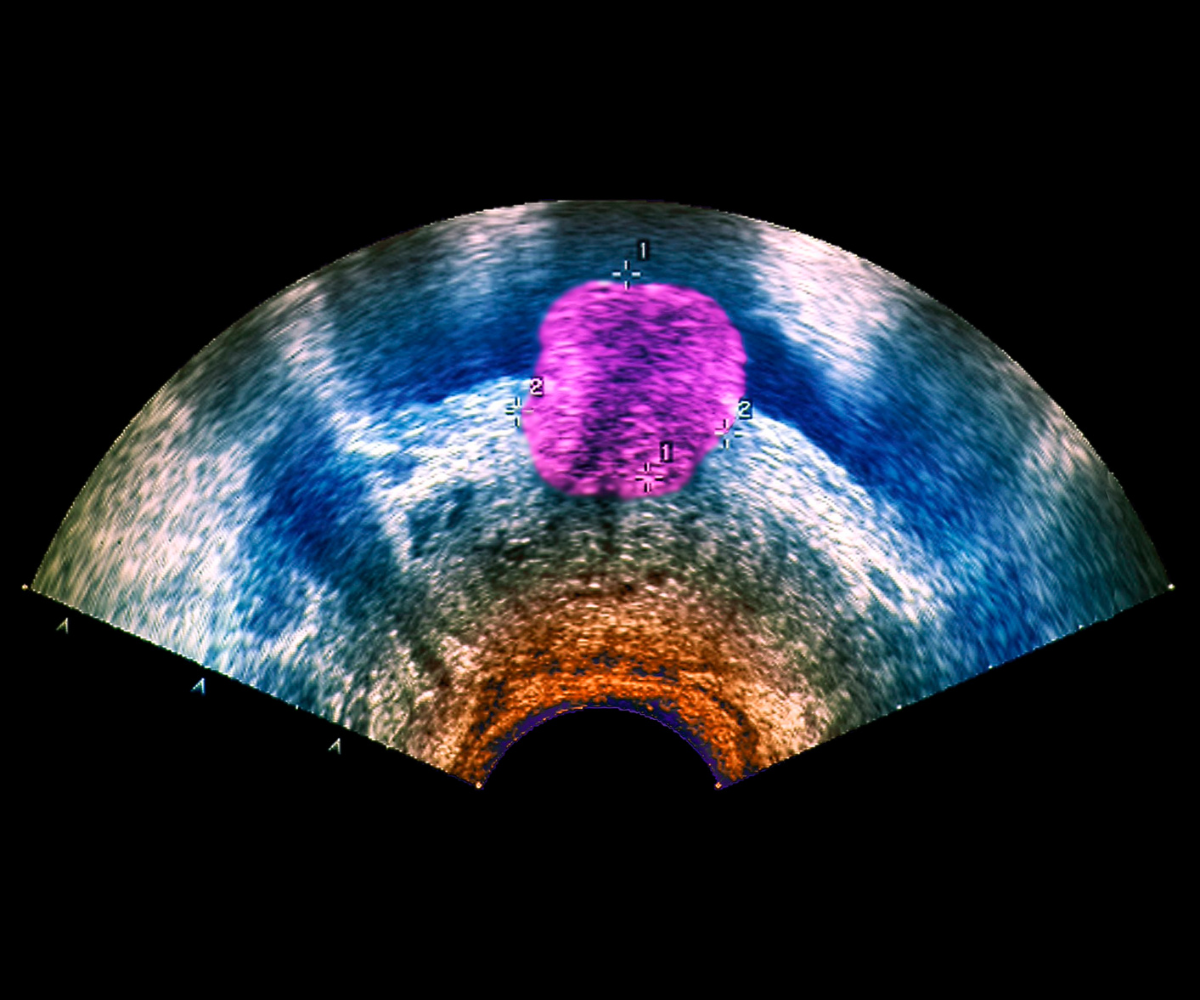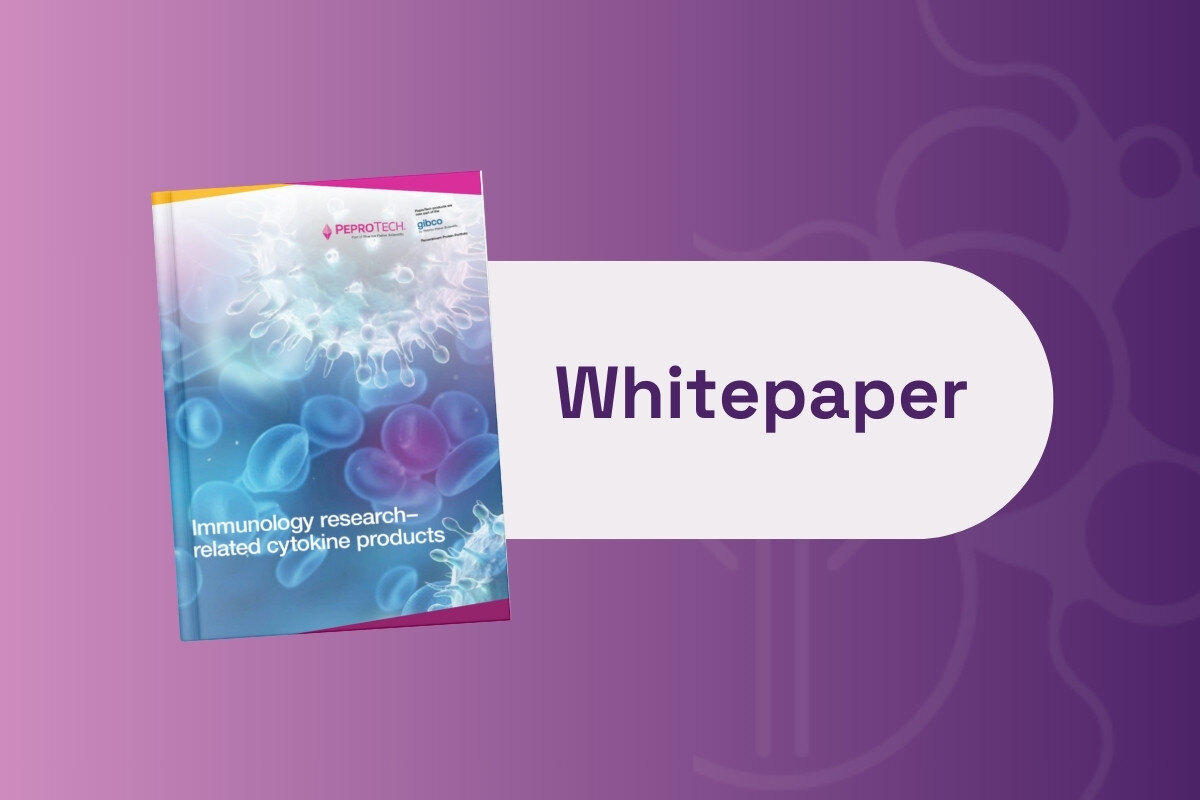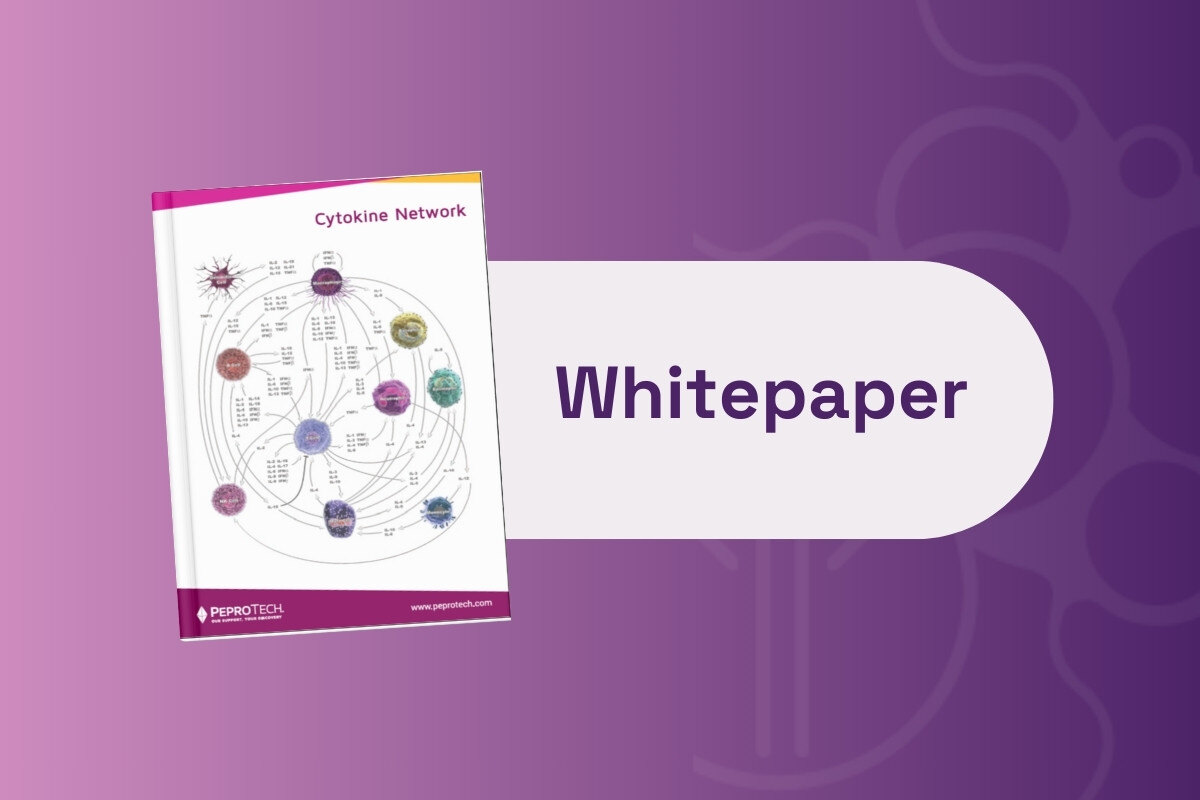Spatial Transcriptomics for Immuno-Oncology and Analysis of the Tumour Microenvironment

Spatial transcriptomic profiling of cancer has allowed researchers to map out the spatial heterogeneity of gene expression, intercellular communication, and microanatomical structures within tumour tissues.
This advancement has significant implications for developing precise diagnostic methods and targeted therapies.
RELATED:
- Understanding and Overcoming the Immunosuppressive TME
- The Therapeutic Modulation of Cytokines with Pierre Ferré, VP of Pre-Clinical Development, Compugen
- T Cell Atlas of Tumour Microenvironment Identifies Previously Unknown Cell State
Spatial transcriptomics, categorised into sequencing-based and imaging-based methods, offers insights into intratumoral heterogeneity and cellular plasticity, crucial for understanding tumour progression and treatment resistance.
Computational analysis pipelines help identify regional transcriptional programs and reveal spatially segregated cellular states.
Here, spatial transcriptomics is able to perform such tasks as identifying distinct cellular states in gliomas and breast cancer, and the spatial segregation of genetic subclones linked to environmental factors like hypoxia.
The Tumour Microenvironment
Furthermore, spatial transcriptomic analysis had shed light on cell-cell communication within the tumour microenvironment, particularly interactions involving immune cells and fibroblasts. Notably, these analyses reveal that spatial proximity doesn't always correlate with biological interactions, underscoring the complexity of cellular crosstalk in cancer.
At a larger scale, spatial transcriptomics reveals spatially segregated compartments within tumours, such as the tumour-stromal interface and tertiary lymphoid structures (TLSs), which play crucial roles in regulating anti-tumour immune responses.
Integrating spatial transcriptomics with other omics technologies and utilising spatial genetic perturbation approaches in animal models offer promising avenues for advancing cancer research and developing innovative therapeutic strategies.
Overall, spatial transcriptomics provides unprecedented insights into tumour biology, offering potential for personalised medicine and novel cancer treatments.







